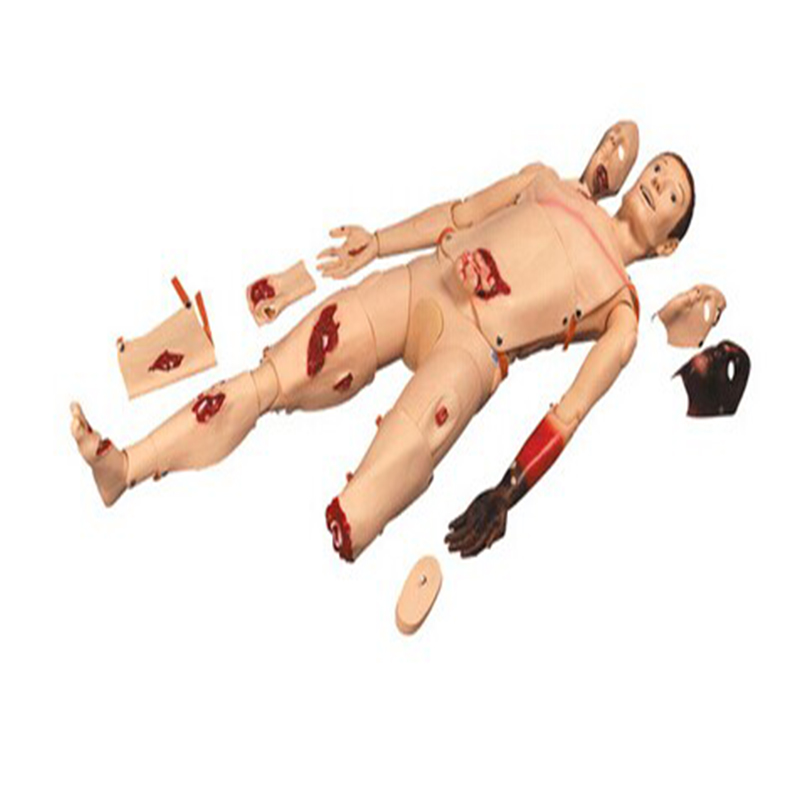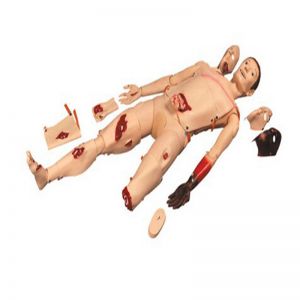The use of cardiopulmonary resuscitation trauma models has significant advantages in medical education and training, which are mainly reflected in the following aspects:

First, improve teaching safety
Safety is the primary advantage of using the trauma model of CPR. CPR training in an actual clinical setting often carries a high risk, especially for trainees without extensive experience, and a wrong operation can cause irreparable harm to the patient. Training with a cardiopulmonary resuscitation trauma model can completely avoid this risk. Students can boldly carry out various operational exercises without psychological burden, thus improving their practical ability and self-confidence.
Second, enhance practical opportunities
The trauma model of cardiopulmonary resuscitation provides a large number of practical opportunities for students. In traditional medical education, due to limited resources and patient safety concerns, it is difficult for students to get enough practice opportunities. With the cardiopulmonary resuscitation trauma model, students can train anytime, anywhere, regardless of time and space. This repetitive, hands-on exercise helps participants better master key skills in CPR and trauma management.
3. Real-time feedback and correction
Modern trauma models of cardiopulmonary resuscitation are often equipped with real-time feedback systems, such as electronic monitors, dynamic barcode indicators, and voice prompts. These systems are able to monitor trainees' operations in real time and provide feedback and correction when errors are found. This immediate feedback mechanism helps students identify their shortcomings in time and make targeted improvements. Through repeated practice and feedback, students can gradually improve their operational skills.
4. Simulate real scenes
The cardiopulmonary resuscitation trauma model can simulate the real cardiopulmonary resuscitation and trauma treatment scenes, so that the trainees can be closer to the actual situation during training. This simulation not only helps to improve the students' resilience, but also helps them better understand the physiological changes and reactions of patients in different situations. It is of great significance to improve the students' clinical thinking ability and comprehensive quality.
5. Promote teamwork
Cardiopulmonary resuscitation and trauma treatment are often team work. When training with the CPR trauma model, you can organize a team exercise to simulate a real first aid scenario. This kind of exercise helps to cultivate the students' teamwork spirit and communication and coordination ability, and improve their overall first-aid level.
In summary, the use of trauma models for CPR has significant advantages in medical education and training. It not only improves teaching safety, hands-on opportunities and real-time feedback and correction capabilities, but also simulates real-world scenarios and facilitates team collaboration. These advantages make the CPR trauma model an indispensable and important tool in medical education and training.

